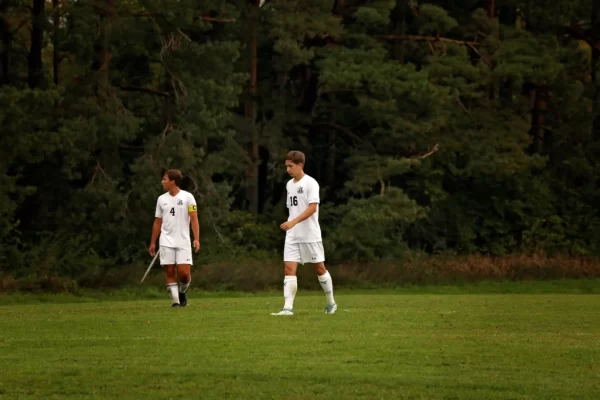American School Systems: Take Note
December 4, 2017
15%.
In the United States, around 15% of an average life is spent at school. That means that out of 6,000 waking hours per year, children spend 1,000 of them in school. Not many people will argue with the fact that education is important for our youth, but that’s a lot of time. It begs the question: Is America’s education system utilizing the time efficiently?
Let’s be honest – the education system in the U.S. has a multitude of flaws. First of all, instead of learning how to balance a checkbook – or, you know, maybe fill out a job application – we’re taught the Pythagorean Theorem and Lewis Dot Diagrams. This may be extremely valuable for an engineer or chemist, but those interested in such fields can always specialize once they get to college. Schools in America seem to drag out trivial lessons for several years, just extending and varying the levels of difficulty. And what’s the point of knowing even simple addition and multiplication if we don’t know how taxes work to apply them? Topics such as drugs, current events, politics, and culture are often left out when, in reality, these are critical subjects that teens should be well-versed in by the time they are actually adults.
Wouldn’t it be ideal if students were able to enjoy their childhood a bit more and went to school a little later? They do in Brazil: Education is mandatory only from ages 7-14, and in other countries, the compulsory time is even less.
In addition to the actual educational content, the layout of a school is more significant than you may think. It’s more difficult to enjoy school and your education when you are walled into classrooms day in and day out, sitting in rows of desks, with dull colors all around you. It’s only natural to associate your actual education with your surroundings: I don’t know how many times I’ve heard people (including myself) say that just looking at the Academy doors in the morning makes them feel sick. That’s why countries such as Finland are going through a redesigning effort in which walled-in classrooms are eradicated and open-plan, informal layouts are incorporated instead. “We now have what we call ‘shoe-less schools,’ where pupils either change into softer shoes or simply wear socks when they come indoors,” says the chief architect at Finland’s Department of Education.
This open layout points to something more than just appearance, however: Many schools around the world are attempting to do away with a feeling of unsafeness and cultural divide, encouraging unity as a whole when it comes to education.
Given the extent to which foreign nations are applying themselves to improve educational programs, I think it is safe to say that America could take a lesson or two from countries such as Finland. Using courses students are already taking to teach how to actually apply skills in the real world will result in a distinctively intelligent generation. Hopefully, with a bit of an altered (new) outlook, the youth of today will come out of high school feeling a bit more prepared for the bigger picture and ready to contribute to a world of possibilities.


